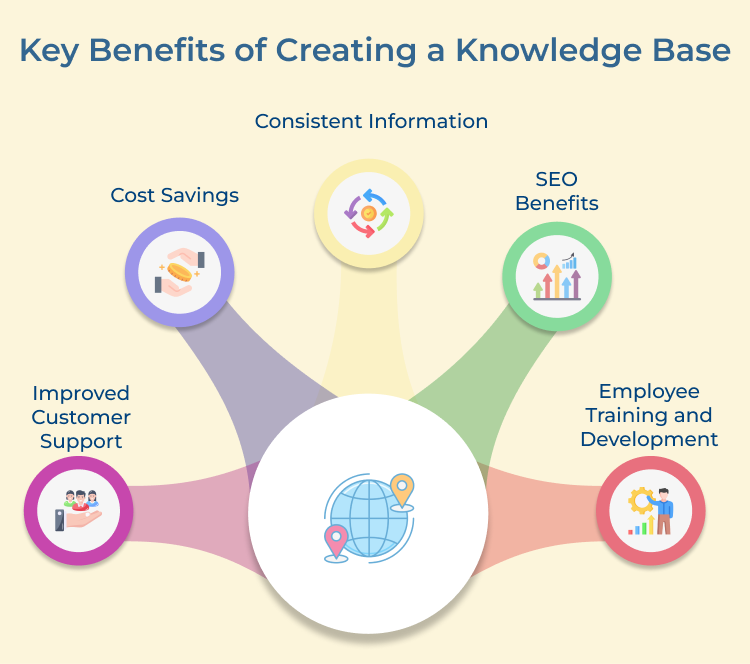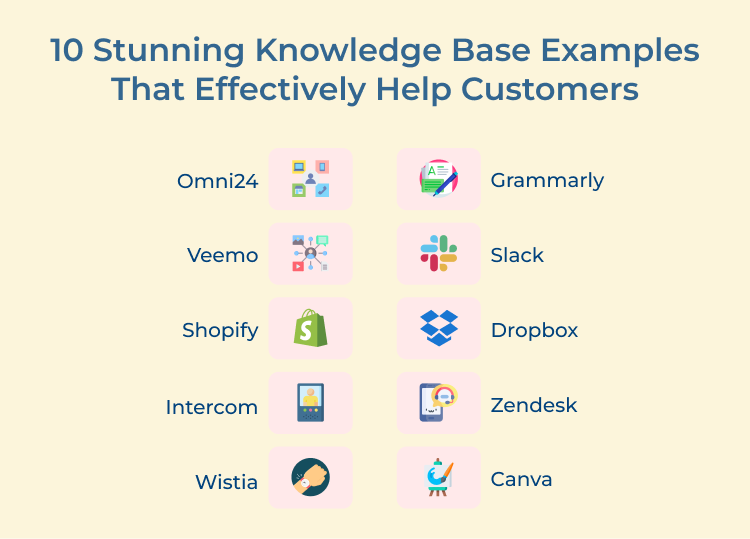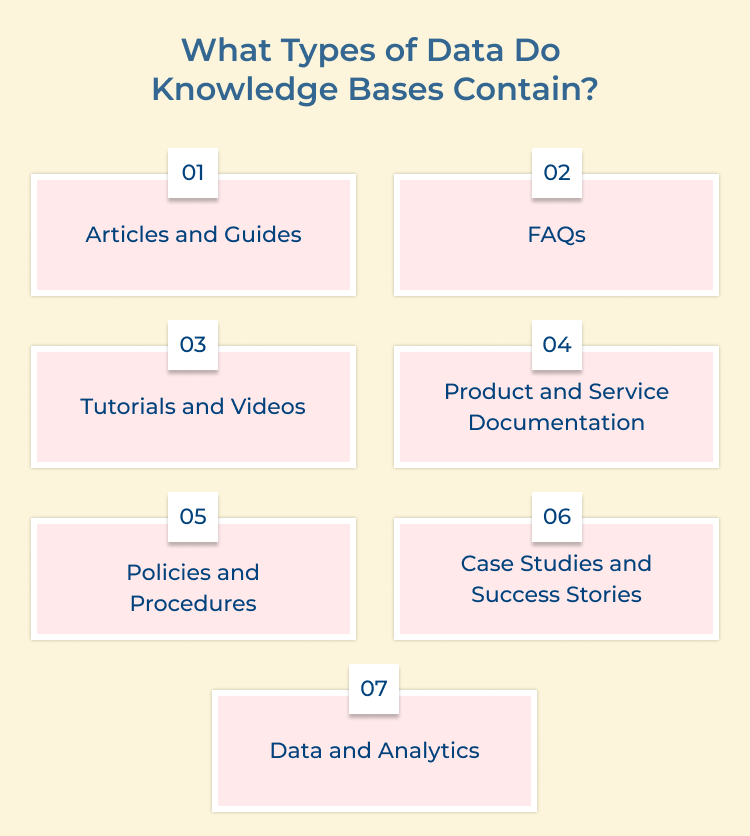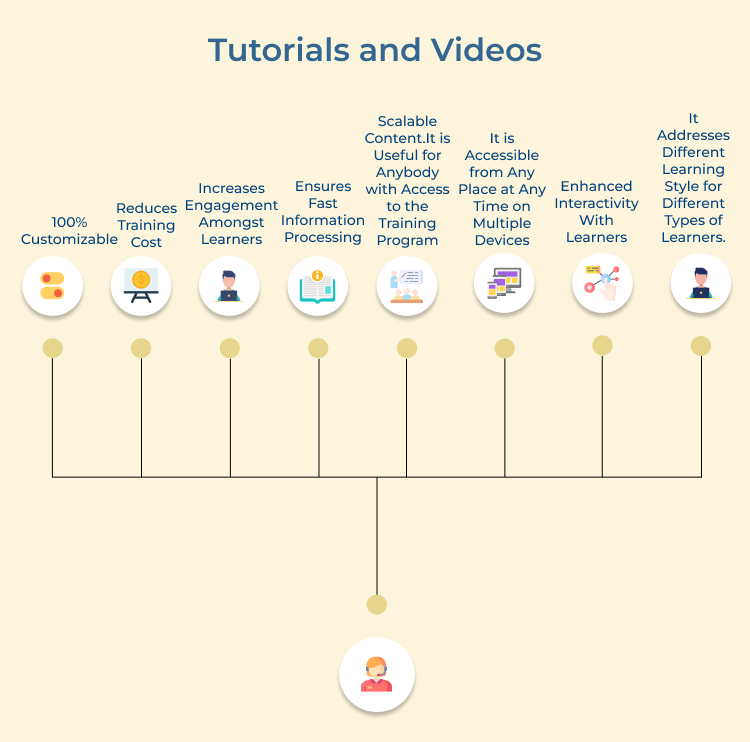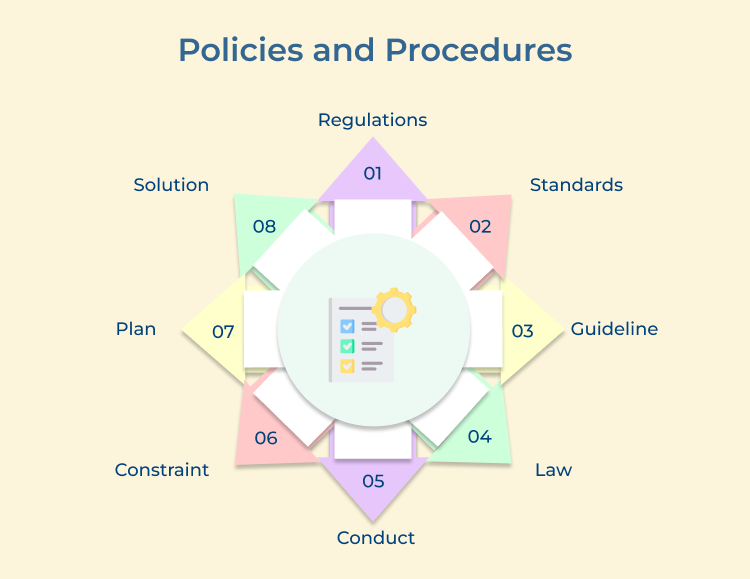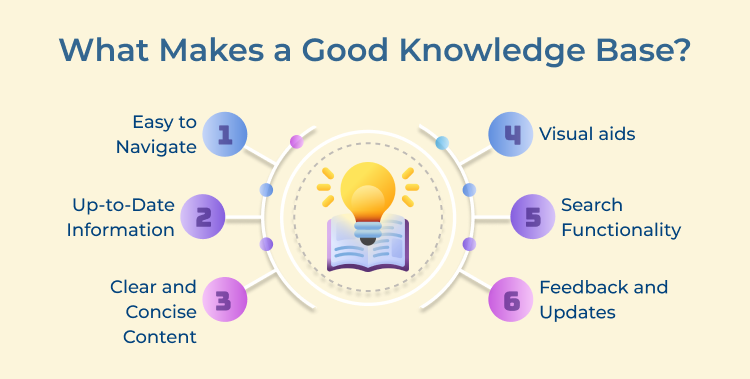Here are some stunning knowledge base examples that effectively help customers:
1. Omni24 – Best Customer Experience Platform
Omni24’s knowledge base is a great example of a well-organized and user-friendly resource. Customers can easily search for the information they need using the search bar, or browse through categories to find relevant articles. The articles are clear, concise, and easy to understand, making it easy for customers to find the answers they are looking for.
Here are few key features:
- User-friendly interface: Software offers a clean and easy-to-navigate interface for users to access a wide range of resources and information.
- Detailed search functionality: Omni24’s knowledge base includes a robust search feature, allowing users to quickly find the answers they need.
- Interactive content: Platform’s knowledge base includes interactive content such as videos, tutorials, and step-by-step guides to enhance the user experience.
2. Veemo – Excellent Knowledge Base Software
Veemo’s knowledge base is simple yet effective. They offer a searchable database of articles and tutorials that cover everything from setting up a new team to using advanced features like integrations and automation. Veemo’s knowledge base also includes a chat support option for customers who need immediate assistance.
Key features:
- Integration capabilities: Veemo’s knowledge base can be seamlessly integrated with a wide range of third-party apps and services, allowing users to access information from multiple sources within the platform.
- Collaboration tools: Software offers a range of collaboration tools, such as shared channels, file sharing, and real-time messaging. It makes it easy for teams to work together and update knowledge base content in real-time.
- Customization options: Platform allows users to customize their knowledge base with different themes, layouts, and design elements. It helps to create a personalized and visually appealing experience for their audience.
3. Shopify – Popular Knowledge Base Example for all Businesses
Shopify’s knowledge base is another excellent example of a customer-focused resource. The search functionality is robust, allowing customers to find answers quickly. The articles are comprehensive and include helpful screenshots and step-by-step instructions. It includes a community forum where customers can ask questions and get help from other users.
Here are key features:
- It allows users to customize the design of their knowledge base to align with their brand identity.
- Its knowledge base seamlessly integrates with their e-commerce platform, making it easy for users to access resources while managing their online store.
- The software includes product-specific content within their knowledge base to help users troubleshoot issues or learn more about their products.
4. Intercom – Highly Interactive Knowledge Base Software
Intercom’s knowledge base is a visually appealing and interactive resource for customers. The layout is clean and modern, with easy navigation and clear categorization of articles. Intercom also includes videos, tutorials, and webinars to help customers learn more about their products and services.
Key features:
- Intercom’s knowledge base is accessible directly within their messaging platform, providing users with instant access to resources while communicating with customer support.
- It delivers personalized content within their knowledge base based on user interactions and behavior. The knowledge base is regularly updated with real-time information and updates to ensure that users have access to the most current resources.
5. Wistia – Great knowledge Base Example with Video Hosting Features
Wistia’s knowledge base is a great example of how to use visuals to enhance customer understanding. Wistia includes videos and interactive demos to help customers learn more about their video hosting platform. The articles are well-written and include relevant examples and case studies to help customers apply the information to their own situations.
Consider the following key features:
- Wistia offers a knowledge base filled with video tutorials that make it easy for users to learn how to use their platform.
- Its knowledge base includes detailed FAQs that address common user questions and concerns.
- Wistia provides interactive guides that walk users through different features and functionalities step-by-step.
6. Grammarly – Outstanding Software for Improving Writing Skills
Grammarly’s knowledge base is well-organized and includes a variety of articles and resources to help users improve their writing skills. They also include grammar tips and best practices to help users get the most out of their product.
Key features:
- Grammarly’s knowledge base includes detailed information on how to use their grammar checking tools effectively.
- It offers writing tips and tricks in their knowledge base to help users improve their writing skills.
- Grammarly’s knowledge base includes information on how their platform detects different tones in written content and how users can adjust their tone accordingly.
7. Slack – Comprehensive Messaging Platform
Slack’s knowledge base is a comprehensive resource that covers a wide range of topics related to their messaging platform. The search functionality is powerful, allowing customers to filter results by category, type, and date. It also includes a community forum where customers can ask questions and share tips with other users.
Consider the following key features:
- Slack’s knowledge base includes tips on how to organize channels effectively for better communication and collaboration.
- It offers information on how to integrate other tools and apps with their platform for increased productivity.
8. Dropbox – Superb User-Friendly Knowledge Base Tool
Dropbox’s knowledge base is user-friendly and visually appealing. It is organized into categories such as account settings, file sharing, and troubleshooting, making it easy for customers to find the information they need. The articles are well-written and include clear, step-by-step instructions with screenshots to guide users through the process.
Here are the key features:
- Dropbox’s knowledge base is known for its clean and intuitive interface, making it easy for users to navigate and find the information they need quickly.
- It allows users to customize their knowledge base with different templates, colors, and branding to create a unique and cohesive look that aligns with their brand.
9. Zendesk – Exceptional Software with Intuitive Layout
Zendesk’s knowledge base is clean and well-organized, with a simple and intuitive layout. Customers can search for articles by keyword or browse through categories such as account management, billing, and troubleshooting. The articles are concise and easy to understand, with helpful tips and best practices for using the platform effectively.
Consider the following key features:
- Zendesk offers a range of self-service tools, including a knowledge base, community forums, and chatbots, that empower users to find answers to their questions on their own.
- It provides a seamless multichannel support experience, allowing users to access the knowledge base across different platforms and devices, including web, mobile, and social media.
10. Canva – Awesome Tool for Colorful Graphics and Illustrations
Canva’s knowledge base is visually stunning, with colorful graphics and illustrations that make it engaging and easy to use. They also include FAQs and troubleshooting guides to address common user issues quickly.
Here are a few features:
- Canva’s knowledge base includes a range of tools and templates for creating visually stunning content, such as infographics, presentations, and social media graphics, that engage users and enhance the learning experience.
- Its knowledge base provides features for team collaboration, such as shared folders, commenting, and real-time editing. It makes it easy for multiple users to work together on creating and updating knowledge base content.
What Types of Data Do Knowledge Bases Contain?
Knowledge base repositories contain a wide range of data types that help employees, customers, and partners find the information they need quickly and easily.
Here are some of the types of data that knowledge bases typically contain:
